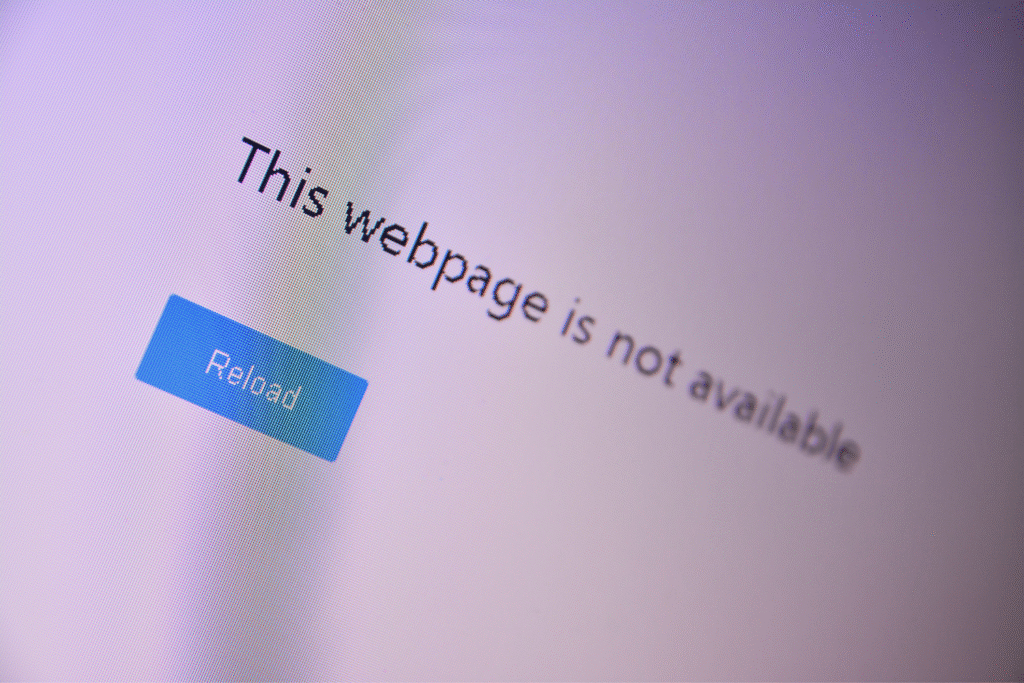Hiring the wrong offshore employee can cost you time, money, and team trust. In the Philippines, vague job ads, slow responses, or skipped screening steps can lead to poor hires and legal issues. Cultural differences, local labor laws, and tech challenges often go unnoticed until it’s too late. You need a structured hiring process that avoids mistakes and supports compliance with Philippine labor laws.
This article gives you a clear, week-by-week Filipino hiring process timeline from resume to final offer so you can screen candidates properly, reduce risks, and confidently hire.
Why You Need a Clear Timeline When Hiring Offshore
Hiring in the Philippines without a clear plan can slow down business operations, create legal issues, and lower employee satisfaction. A well-structured timeline allows HR teams and department heads to manage the application process, reduce errors, and follow local labor laws. It also improves cost-effectiveness by helping you hire employees who are a strong fit from the start.
Prevent delays due to time zones, power outages, or missed steps
Working with Philippine employees means adjusting for time zone differences, internet disruptions, and possible power outages. Without a timeline, background checks may be delayed, job offers can fall through, and essential paperwork like the employment contract or proof of statutory benefits might be missed.
Keep candidates engaged and reduce dropout risk
New hires are likelier to drop out if the hiring process feels disorganized or uncertain. Regular check-ins keep potential employees engaged, especially when you clearly explain benefits like paid time off, overtime pay, and service incentive leave.
If your company offers medical coverage, specify what medical expenses are covered. A clear and transparent process helps candidates feel more secure and shows that your company values employee well-being.
Ensure every hire is properly screened
A step-by-step hiring timeline helps present evidence of due diligence and legal compliance. It gives human resources a thorough understanding of each candidate’s qualifications while ensuring new employees are eligible for Social Security, Home Development Mutual Fund contributions, and other statutory benefits. This approach ensures your company follows the Labor Code, avoids issues like willful disobedience, and supports long-term success with full-time employees in the Philippines.

Overview of the Filipino Hiring Process Timeline
A smooth Filipino hiring process timeline helps human resources teams stay organized, follow local employment laws, and avoid mistakes that could delay onboarding. Clear hiring practices help you evaluate cultural fit, technical readiness, and legal compliance without rushing through key steps. It also improves team performance and helps attract top talents while following local labor laws and Securities and Exchange Commission guidelines.
When to Speed Up or Slow Down
Hiring timelines in the Philippines should remain flexible. If you’re hiring talent for urgent roles or to replace high-turnover positions, moving quickly may help you secure new talent before other companies do. Slowing down may be necessary when performing background checks, verifying qualifications, or managing legal requirements related to probationary periods, minimum wage compliance, or new employees with complex benefits like Social Security or housing loans.
Why Structured Stages Work Better Than Rushing
Skipping steps often results in poor fits, compliance issues, or missed job opportunities. A clear recruitment process helps HR evaluate potential Filipino employees across different departments, ensure alignment with the company’s hiring standards, and maintain fairness in how new hires are assessed.
Structured timelines also help ensure formal job offers include required benefits and follow laws on severance pay, payroll taxes, and internal revenue. Staying consistent protects your business in both your home country and the Philippines while supporting long-term success with employees in the Philippines.

Week 1 – Resume Screening and Initial Communication
The first week focuses on filtering resumes, confirming communication readiness, and starting the conversation. Early steps are critical for spotting red flags and engaging the best talent.
Days 1–2: Collect Resumes and Pre-Screen
Review resumes based on education, job experience, and remote work setup. Prioritize candidates who meet job requirements, list experience with Western clients, and mention home office tools and internet speed.
Days 3–4: Email Qualified Candidates
Reach out to strong applicants using professional, clear messages. Their response time, tone, and grammar give insight into communication habits, attention to detail, and remote readiness.
Day 5: Schedule Initial Interviews
Book short intro interviews and confirm the candidate’s tech setup. Ask about internet reliability, backup systems, and communication tools like Slack, Zoom, or email to ensure a smooth workflow.

Week 2 – Interviews and Skills Testing
The second week is all about testing what candidates can do. Go beyond the resume to evaluate real skills in realistic work situations.
Days 6–8: First-Round Interviews (20–30 mins)
Hold brief interviews with culture-aware questions that test for communication clarity and independence. Ask about past projects, time zone coordination, and their ability to follow company policies.
Day 9: Send Skills Assessment
Use a job-relevant test to measure skills. Choose either a timed or flexible format based on the role. Consider power outages and internet stability when setting deadlines.
Days 10–12: Review Test Results and Narrow Candidates
Score tests for accuracy, clarity, and problem-solving. Review how well the candidate followed instructions, communicated their process, and demonstrated knowledge of tools used in your business operations.

Week 3 – Final Interviews and Decision
This final week helps you confirm key details and secure your top pick. It’s the last step before onboarding employees into your team.
Day 13: In-Depth Final Interviews (45–60 mins)
Hold more extended interviews to test deeper alignment with company culture and expectations. Ask about past feedback, handling workplace safety concerns, and their understanding of team goals.
Day 14: Check References and Credentials
Verify employment history and licenses with the Professional Regulation Commission (PRC), Request the candidate’s PhilHealth number for employer registration, and verify if they are actively contributing. Ensure the candidate’s prior employment complies with standard requirements such as verified tax documents, employment dates, and lawful separation.
Day 15: Make an Offer and Confirm the Start Date
Send a clear offer letter outlining job responsibilities, working hours, paid leave, and basic benefits. Ensure Social Security System (SSS), Home Development Mutual Fund (Pag-IBIG), and Philippine Health Insurance Corporation (PhilHealth) registration are completed during onboarding—these are mandatory government programs that provide retirement, housing, and health benefits for employees in the Philippines.
Make sure the employment contract clearly explains these benefits along with onboarding steps and payroll tax responsibilities.

Tips to Stay on Track During the Hiring Timeline
Hiring in the Philippines becomes more efficient when your team follows simple systems and consistent habits. These tools help human resources professionals manage background checks, track new hires, and comply with laws that apply to employees in the Philippines.
Use a Shared Tracker for All Applicants
Keep feedback, status updates, and candidate notes in one central location. This helps hiring managers and department heads align when screening Filipino employees and choosing who to move forward, especially when hiring top talent for full-time or probationary roles.
Set Calendar Reminders for Each Stage
Calendar alerts reduce the risk of missing interviews or document deadlines. Timely follow-ups help ensure every part of the Philippine hiring process stays on track, from background checks to issuing an Alien Employment Permit if needed.
Prepare Interview Scripts and Tests in Advance
Ready-made scripts and assessments streamline your process and reduce bias. This gives all new employees a fair chance and ensures every applicant is measured against the same job requirements, including expectations around the standard workday and minimum wage compliance.
Always Communicate Delays Promptly
Letting candidates know about delays right away shows respect and professionalism. Prompt updates help retain top talent and build a strong reputation with candidates and new hires. Even a short message can reduce uncertainty, prevent dropouts, and keep the hiring experience positive.

Follow a Clear Hiring Timeline to Attract Top Filipino Talent
Hiring Filipino employees becomes smoother and more cost-effective when you follow a structured 2 to 3-week screening process.
A structured Filipino hiring process timeline gives you time to evaluate resumes, conduct skills testing, and confirm credentials without missing key legal requirements. It also helps ensure compliance with local labor laws, improves employee satisfaction, and protects your business from hiring mistakes.
Staying organized across each stage, from resume collection to offer letter, leads to better cultural fit, stronger job performance, and long-term team success.
Frequently Asked Questions
How long does the Filipino hiring process take?
The Filipino hiring process timeline typically takes 2 to 3 weeks from resume screening to final job offer.
What should I do if candidates drop out mid-process?
Keep a shortlist of backup candidates and communicate promptly to avoid delays in hiring talent.
Can I skip the skills test to move faster?
Skipping the skills assessment increases the risk of hiring someone who cannot meet job requirements.
What time of day should I schedule interviews with Filipino candidates?
Schedule interviews between 6 PM and 10 PM Philippine time to match U.S. working hours and ensure candidate availability.
How can I keep remote candidates engaged during the timeline?
Send regular updates, set clear expectations, and share details about company culture and employee benefits to maintain interest.
References
- Respicio & Co. (2024, December 22). A comprehensive guide to Philippine labor laws: Protecting workers’ rights and ensuring fair employer compliance. https://www.respicio.ph/dear-attorney/a-comprehensive-guide-to-philippine-labor-laws-protecting-workers-rights-and-ensuring-fair-employer-compliance
- Department of Labor and Employment, Bureau of Working Conditions. (2023). Handbook on workers’ statutory monetary benefits (2023 ed.). https://library.laborlaw.ph/wp-content/uploads/2023/10/2023-Handbook-on-Workers-Statutory-Benefits.pdf
- LaborLaw.ph. (2025, April 20). Minimum wage. https://laborlaw.ph/minimum-wage/
- Social Security System. (n.d.). Employer registration and responsibilities. https://www.sss.gov.ph/employer-er/
- Arellano Law Foundation. (2009, July 21). Republic Act No. 9679: Home Development Mutual Fund Law of 2009. https://lawphil.net/statutes/repacts/ra2009/ra_9679_2009.html
- PhilHealth. (n.d.). Agency’s mandate and functions. https://www.philhealth.gov.ph/about_us/mandate.php




